Novel Royal Jelly-Based Nano-Hydrogel Offers Antibiotic-Free Solution for Infected Wound Healing
A research team from the Institute of Apicultural Research (IAR) at the Chinese Academy of Agricultural Sciences (CAAS) has developed an innovative hydrogel nanocomposite using bioactive derivatives from royal jelly and honey, offering a powerful and sustainable alternative to conventional antibiotic treatments.
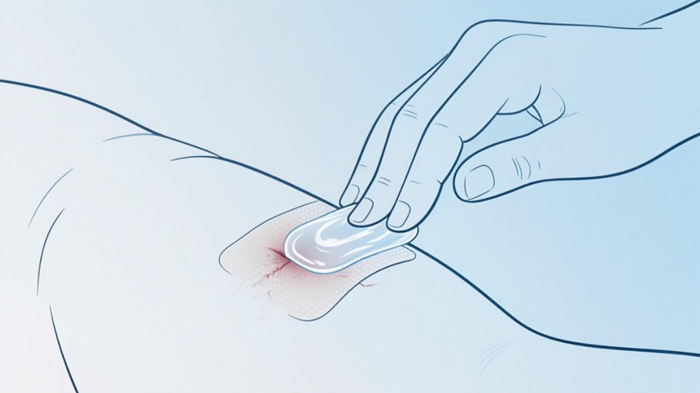
The Bee Products Quality and Risk Assessment Team at IAR successfully synthesized 10-hydroxy-2-decenoic acid-functionalized carbon dots (10-HDA@CDs)—a key bioactive compound in royal jelly, using bioactive royal jelly derivatives and further incorporated them into a honey-reinforced alginate-dopamine hydrogel (10-HDA@CDs@HON/SA-DA). This novel compound avoids reliance on photothermal or reactive oxygen species (ROS)-based antimicrobial mechanisms, offering instead a fully biocompatible and ecologically sustainable strategy for combating resistant bacteria.
Conventional antibiotics increasingly face challenges such as antimicrobial resistance and harmful impacts on wound healing. In contrast, natural bioactive compounds—like those derived from bee products—can combat pathogens through multiple biological pathways without triggering resistance, while simultaneously supporting tissue regeneration.
Royal jelly, a secretion produced by honeybees, is rich in proteins, lipids, and functional fatty acids. Its primary active component, 10-HDA (also known as royal jelly acid), accounts for more than 50% of its lipid content and is known for its antibacterial, anti-inflammatory, antioxidant, and skin-repair benefits.
The newly developed hydrogel demonstrated exceptional synergistic antibacterial effects, achieving over 99.9% clearance of S. aureus.—a common and often treatment-resistant wound pathogen. In animal studies, the material significantly accelerated the healing of infected wounds by reducing inflammation, promoting the proliferation of myofibroblasts, and enhancing angiogenesis.
Through single-cell transcriptomic analysis, the team further decoded the multi-level protective mechanisms of the hydrogel. It suppresses chronic inflammation, oxidative stress, and DNA damage, while improving keratinocyte function to facilitate faster and more effective wound closure.
This study pioneers a "nano-bio" therapeutic approach with three major innovations:
•Integration of natural bioactive molecules with nanotechnology;
•Modulation of multi-target interactions between infection and the wound microenvironment;
•Facilitation of antibiotic-free healing through restoration of keratinocyte function.
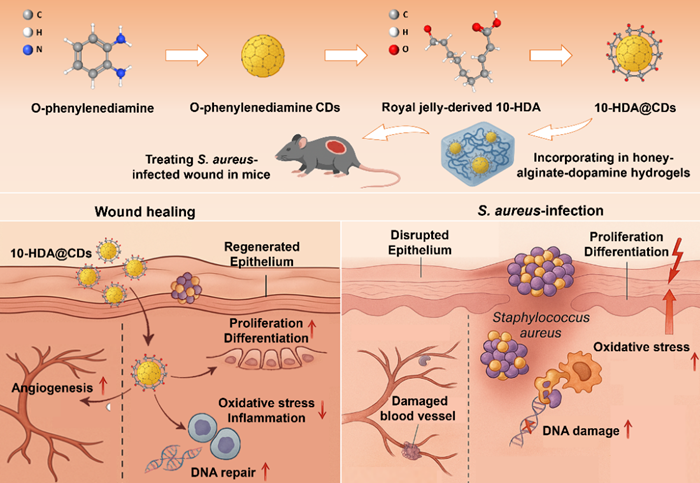
Published in the Chemical Engineering Journal, this work not only validates natural food-derived nanomaterials as safe and effective alternatives for wound management but also lays the foundation for future multifunctional nanotherapeutics in precision dermatology.
The research was supported by the Natural Science Foundation of Beijing Municipality, the Youth Innovation Program of CAAS, the Agricultural Science and Technology Innovation Program, and the Modern Apicultural Industry Technology Research System.
Article Link: https://www.sciencedirect.com/science/article/pii/S1385894725065866.
-
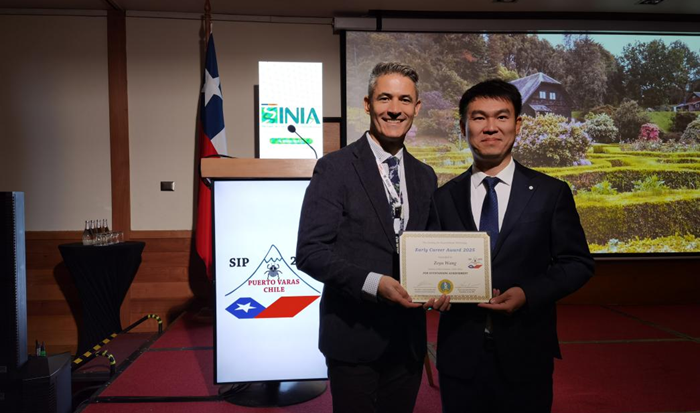 Aug 29, 2025IPPCAAS Expert Wins the Society for Invertebrate Pathology Early Career Award
Aug 29, 2025IPPCAAS Expert Wins the Society for Invertebrate Pathology Early Career Award -
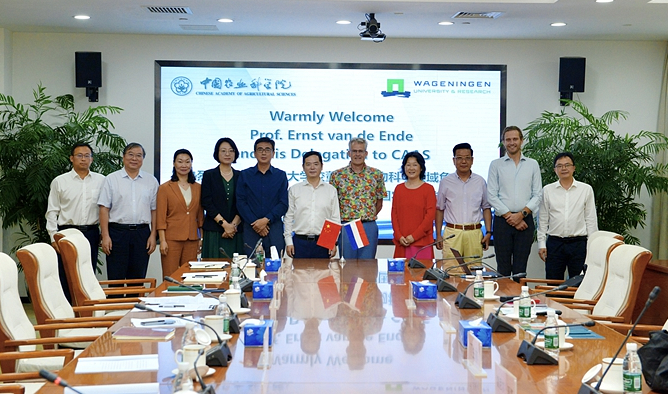 Jul 09, 2025CAAS President meets with WUR Executive Board Member
Jul 09, 2025CAAS President meets with WUR Executive Board Member -
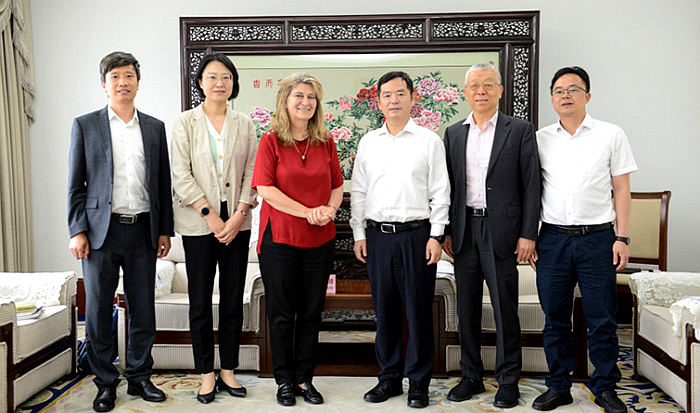 Jul 09, 2025CAAS President Meets with AAS President
Jul 09, 2025CAAS President Meets with AAS President -
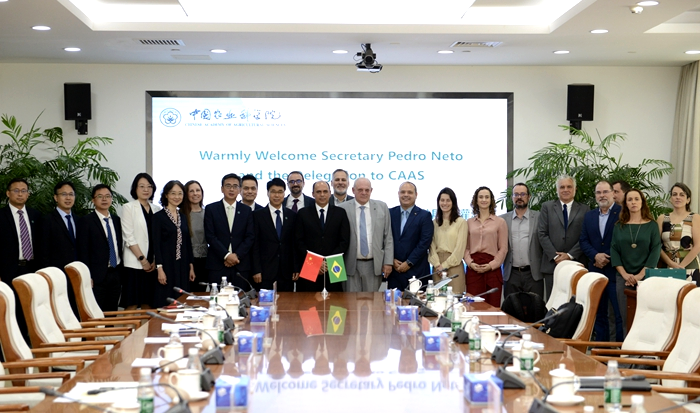 Jul 09, 2025Secretary of the Leadership Party Group of CAAS Meets with Secretary of the Brazilian Ministry of Agriculture and Livestock
Jul 09, 2025Secretary of the Leadership Party Group of CAAS Meets with Secretary of the Brazilian Ministry of Agriculture and Livestock -
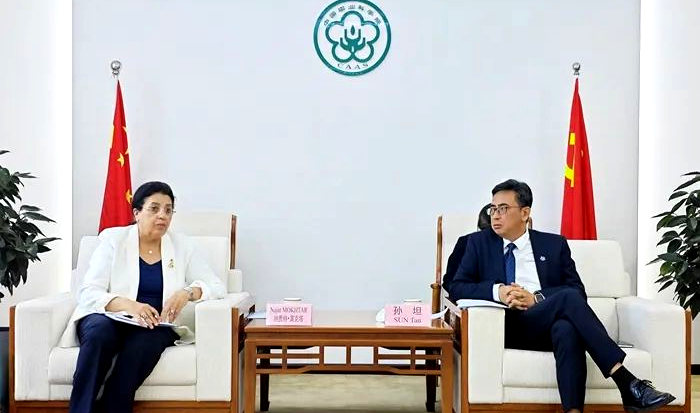 Jul 09, 2025CAAS Deepens Scientific Cooperation with IAEA
Jul 09, 2025CAAS Deepens Scientific Cooperation with IAEA
